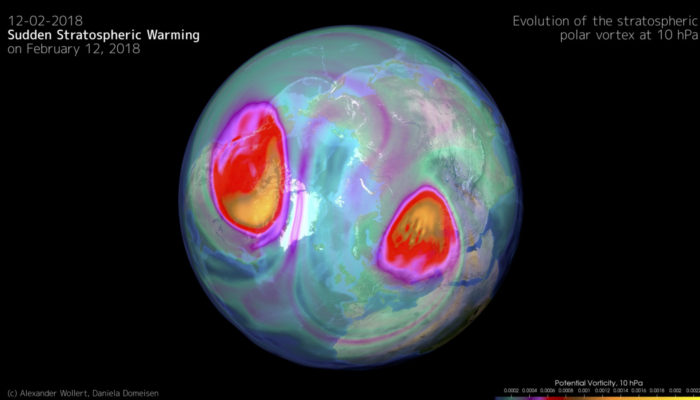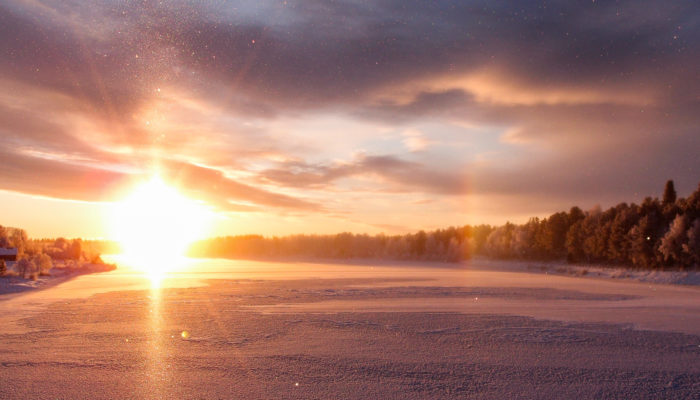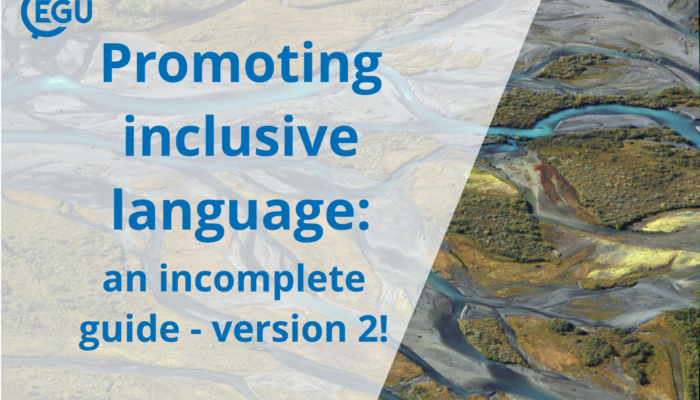There were a lot of big changes to the EGU’s science for policy programme in 2020 with many of our activities, such as the annual science for policy event and science-policy pairing scheme, moving online. But 2021 promises to be an even bigger year with a greater number of opportunities to engage and activities becoming even more accessible! So, if you haven’t engaged with science for policy befor ...[Read More]
EGU Photo Competition 2021: Now open for submissions!
If you are registered for the 2021 online General Assembly vEGU21 (19 – 30 April), you can take part in our annual photo competition! Winners receive a free registration to next year’s General Assembly! The eleventh annual EGU photo competition opens today, 15 January. Up until 31 March, every participant pre-registered for the General Assembly can submit up to three original photos a ...[Read More]
Accessibility at EGU: Promoting inclusive language, an incomplete guide – VERSION 2!
Like all people, geoscientists can sometimes forget the importance of language. How scientists use language is important because it not only allows us to communicate effectively with different groups, from policymakers to concerned citizens and other researchers, but it can also influence how people respond on an emotional or personal level. The way we use language can even influence how much som ...[Read More]
Imaggeo On Monday: The sudden stratospheric warming on February 12, 2018

The image captures an atmospheric extreme event, a so-called sudden stratospheric warming (SSW) that occurred on Feb. 12, 2018. It is visualized through potential vorticity above the North Pole at the 10hPa level (~30km) above the Earth’s surface and consists of a split of the winter polar vortex into two separate vortices that interact with each other. Although the events are not predictable more ...[Read More]



